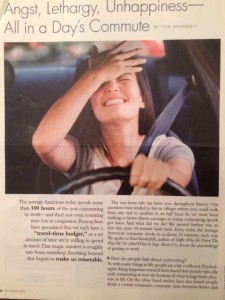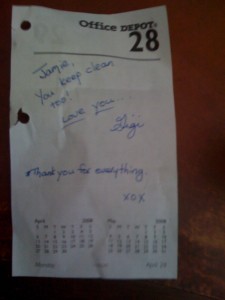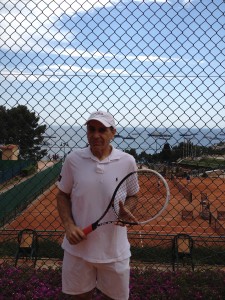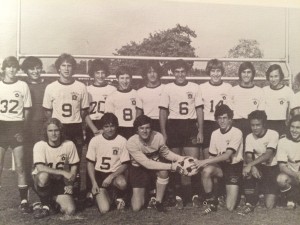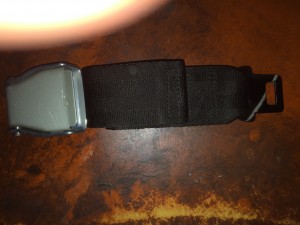
Last week I was on a business trip to Seattle, yet ended up losing 1.5 lbs. when I weighed myself on Saturday, the day each week when I record my weight for the week. So how is that possible? Planning, and hard work.
First off, before I leave for a trip, I look for hotels that have a fitness room with the exercise equipment I want to use (recumbent bike and elliptical trainer), and only book a room in hotels so outfitted. That is not always possible, so under those circumstances, I search for fitness centers near where I will be staying, and make arrangements to use same when on my trip. And if all else fails, I try and find a place where I can run/walk outside the hotel, or swim, e.g., on a business trip to Germany last year, I brought swimming trunks, and swam in a nearby lake.
Also part of my planning is to bring with me a portable scale, and a quart container for brewing unsweetened Sportea ice tea (both pictured above). With the scale I weigh myself each morning, so I can adjust my food intake (and the amount of exercise) depending on how I did the previous day. As for the ice tea, Sportea has electrolytes, no calories, and a citrus taste, and is a good alternative to water (in that it has some taste, plus it has electrolytes), and does not have the calories, or artificial sweeteners, of sports drinks. While packing for my trip, I put one tea bag in the container (and bring extra tea bags for my trip), and once I clear airport security, I purchase bottled water, and fill up the quart container, while keeping the empty water bottles to be filled up once I reach my destination. This way, the tea brews while I am traveling, and so when I get to my hotel, it is all ready to be poured in the empty water bottles, which I end up storing in hotel room’s mini-fridge.
Another part of my planning is to bring lightweight exercise clothing, that wick water well, and plastic bags for storing wet clothing during the trip. It is important to bring clothing that are lightweight, and wick water well, since otherwise, the weight of your wet exercise clothing will cause your suitcase to weigh more as you return from your trip. For example, in 2012 I took a two week trip to Europe, primarily to watch the Monaco F1 Grand Prix and the French Open, and when I arrived at the airport for my return to the US, my suitcase was way over the 50 kg limit, and I was looking at playing around $300 for the extra weight of my suitcase, which was due to my wet exercise clothing. Luckily, I had a carry-on bag with sufficient space to lessen the weight of my main suitcase, thereby reducing my overweight baggage charge. If I had brought clothing with more technical fabrics, instead of cotton, I would not have such a problem with my suitcase’s weight, and since that trip, I have packed more t-shirts and shorts made of technical fibers. Another suggestion is to bring a small spray bottle of Febreze air freshener to lessen the smell of wet clothing.
Also before I leave for the airport, I pack various fruits (including dry fruits like dry mangoes, figs), vegetables (like carrots, small cucumbers, celery), Wasa crackers, low-fat string cheese, and homemade popcorn that I can snack on during my flight. With most airlines now charging for food, it makes financial sense to bring your own food, and this way, you can better control the total calories you eat, plus have better food quality than what is served on the plane.
Once I reach my hotel, one of the first things I do is go to the fitness room and work out, particularly after a trans-Atlantic flight to Europe. Typically, flights to Europe arrive early in the morning, and one of the best ways I have found to push through jet lag, and get on a local time schedule, is to exercise when I first arrive at my hotel. During my stay, I will continue to work out first thing every morning, and if possible, in the afternoon/evening. The latter being more difficult since the evenings of a business trips usually involve late night social activities. It is hard work, but you will feel much better about yourself, and it helps to offset all the eating that typically takes place on business trips. I also look to find a local market around my hotel, at the start of my stay, so that I can stock up on fruits and vegetables, that are not always present in large quantities during meals. This way, I can eat less during the meals, yet get the nutrition I need from the food stashed in my hotel room.
These are just some of the strategies I use when I travel, and I expect to discuss other strategies in upcoming posts.


